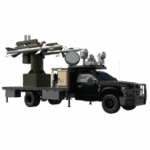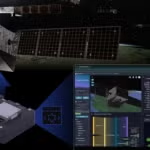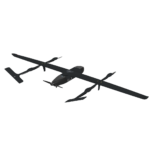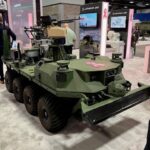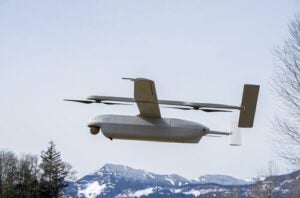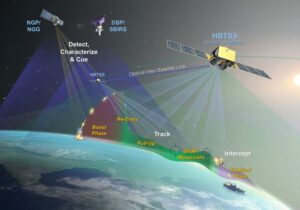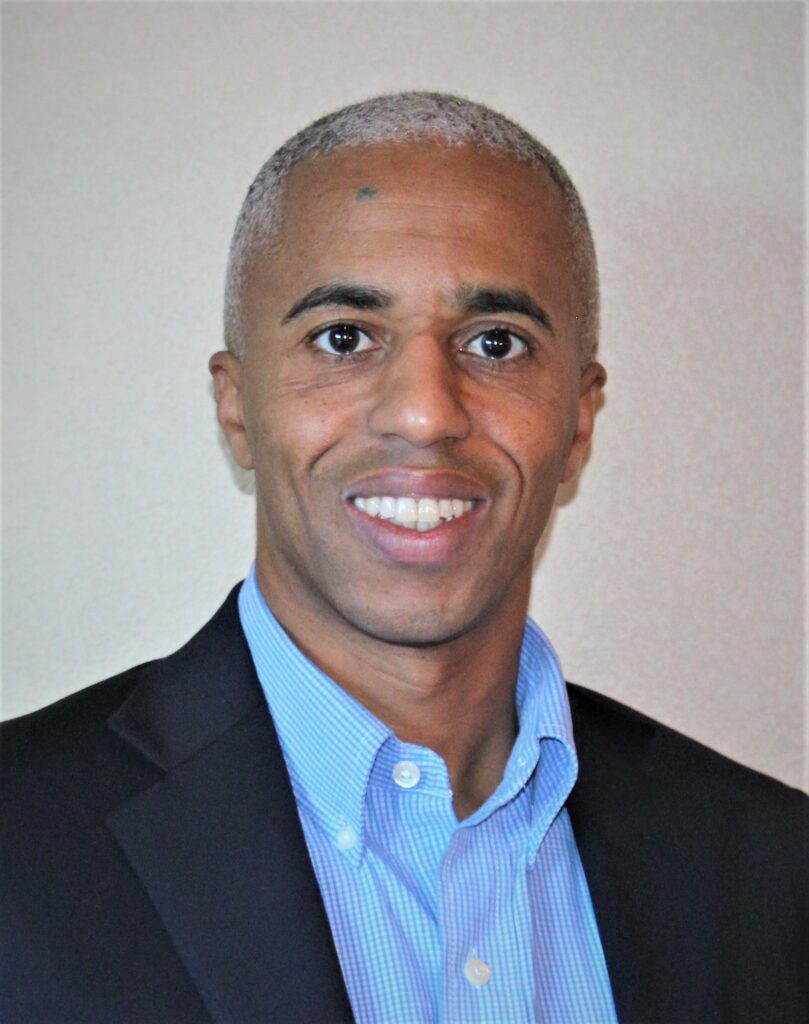
Anduril Industries on Wednesday said its Lattice open solutions platform and other company hardware and software were used to help enable geographically distributed command and control (C2) during the recent multi-domain, multi-national Valiant Shield joint field exercise. In addition to Lattice for C2, which tied together command, control, communications, computing (C4) at “dozens of locations” globally, Anduril provided its Menace family of expeditionary C4 solutions that support geographically distributed operations in denied and degraded communications at the tactical edge. Anduril…

 By
By 